
Parental Care
Parental Care
Animal parental care ranges from laying eggs in random locations to intricate feeding and protective behaviors.
Learning Outcome: Provide examples of parental care in animals, including minimal intervention to long-term support.
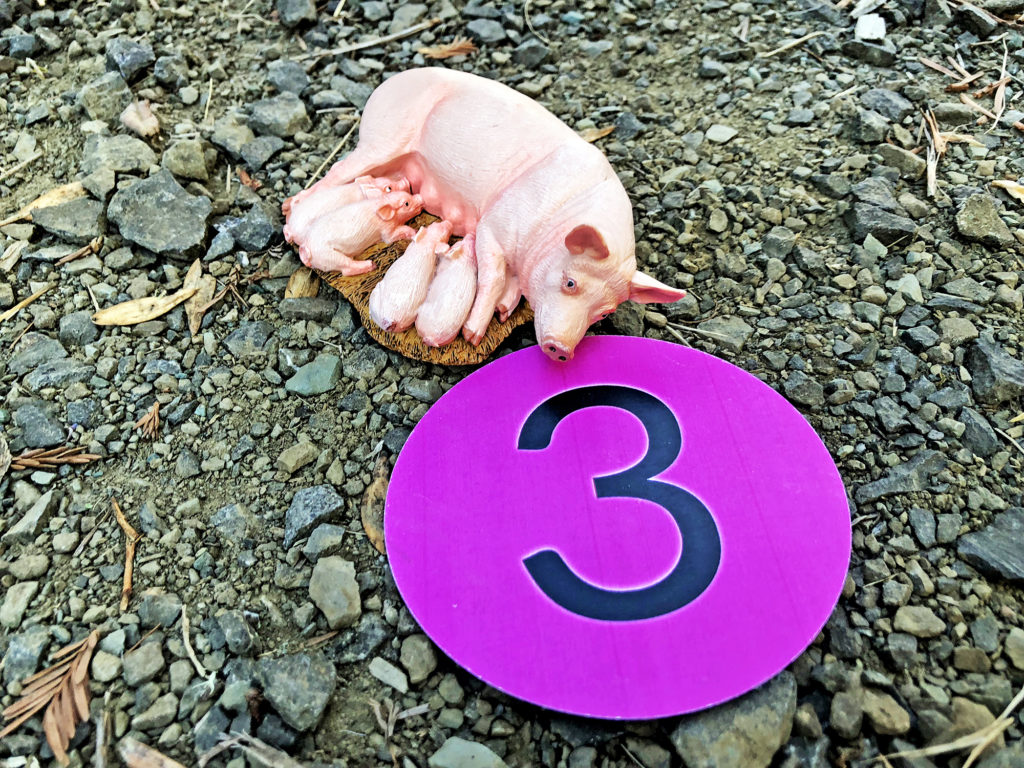
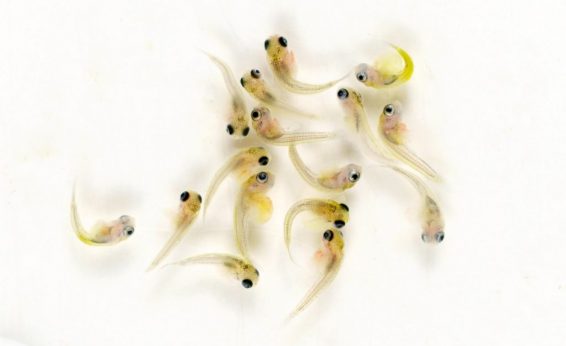
Many animal species have limited parental care. Guppies give live birth, and parents may eat their own fry if hey do not swim away fast enough.
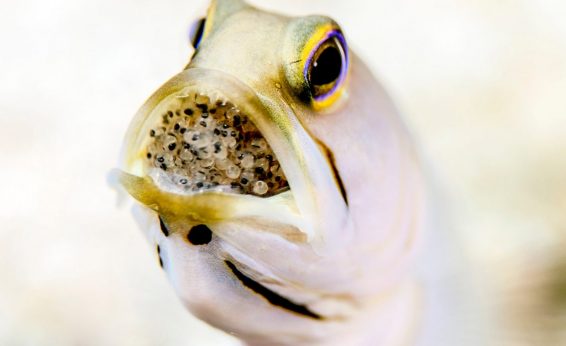
By contrast, some species of mouth-brooding cichlids incubate fertilized eggs in their mouths for protection. Parents do not feed at this time, and can starve, but a large number of their offspring survive.
In an evolutionary sense, the name of the game is passing on alleles to the next generation. Eating some fry to survive and produce more fry may enable the parent guppies to pass on more alleles. Protecting their eggs and fry in their mouths may enable the cichlids to pass on their own alleles.
These are not decisions, these are genetically programmed behaviors that have survived and been passed on.
Let’s take another look at parental care by pigs and boars.
Eurasian Wild Boars
(Sus scrofa)
The ancestors of domestic pigs
There are approximately one billion domesticated pigs on earth today, as well as their ancestral species, the wild boar.
Female pigs (sows) dig a nest, called a farrow, in the ground right before giving birth. The nesting behavior has been linked to a specific gene that increasing specific behaviors including clawing the ground and collecting grasses to line the nest.
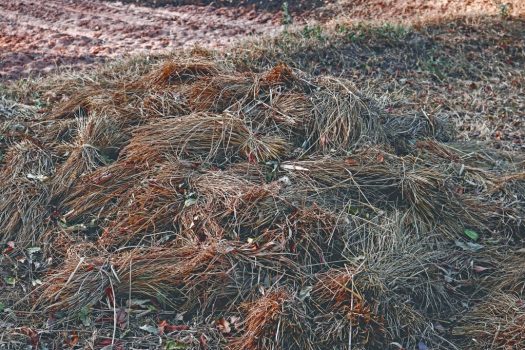
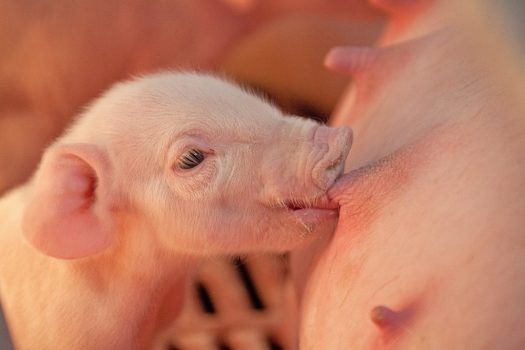
Piglets have a complex suckling behavior and nurse about every hour for four weeks, decreasing feeding frequency until they are weaned at four months.
Pigs are even-toed ungulates with a large head and long snout that is supported by a special bone and round disc of firm cartilage at the tip. Pigs use their strong sense of smell to locate food. In European countries, pigs are used to find truffles.
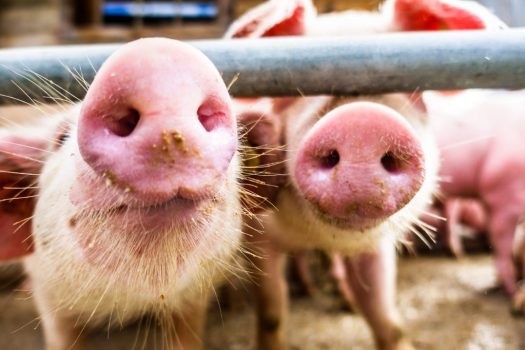
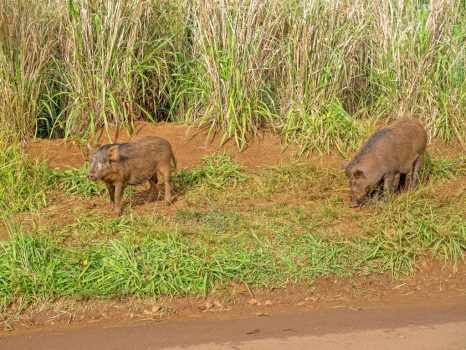
Pigs are omnivores and can eat a wide range of foods, making them relatively easy to raise. This flexible diet has also enabled feral pigs to invade habitats, including remote areas like the Hawaiian Islands.
Pigs are largely raised as a source of meat (pork), as a source of skin (leather), and for their hair (brush bristles).
Artificial selection has produced a variety of pig breeds with diverse sizes, shapes, colors, and behaviors.
Pigs are genetically similar to humans and are used as research organisms. Their skin is structured like human skin, and used to test products and medical treatments.
Researchers using new gene editing technologies have spiced human genes into pig chromosomes, producing pig embryos with human cells. At some point pigs may grow human organs that would be a source for transplants (xenotransplantation).
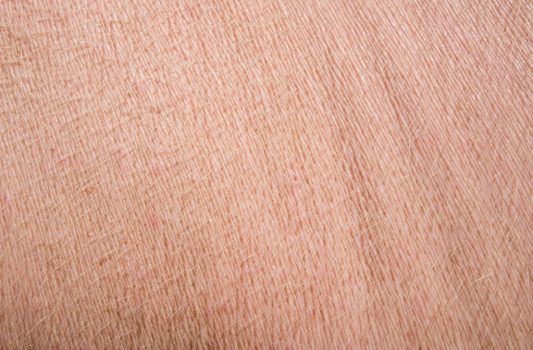
In many species, like these ducks, parental care is critical in offspring learning specific behaviors like finding food or mating.
Madagascar Hissing cockroaches typically give live birth, but in this case the female is releasing her egg sack which did not form successfully and hatch out internally. With successful births, the juvenile cockroaches stay with the adult females for months as they grow.
It is easy to focus on DNA and its genes impacting structures and behaviors. However, parental care and environmental factors also impact phenotypes.
Watch this video; you can select the closed captioning “cc” option if you would like to see the text.
The next section focuses on mammals, animals that often have extensive parental care, including nursing offspring.











